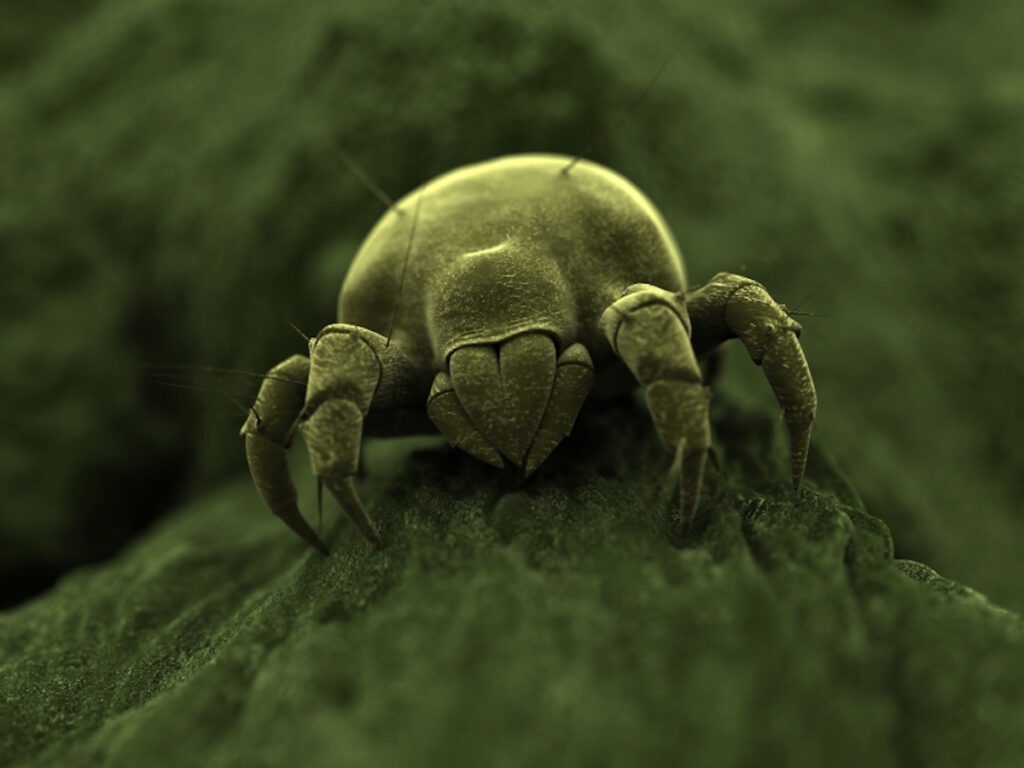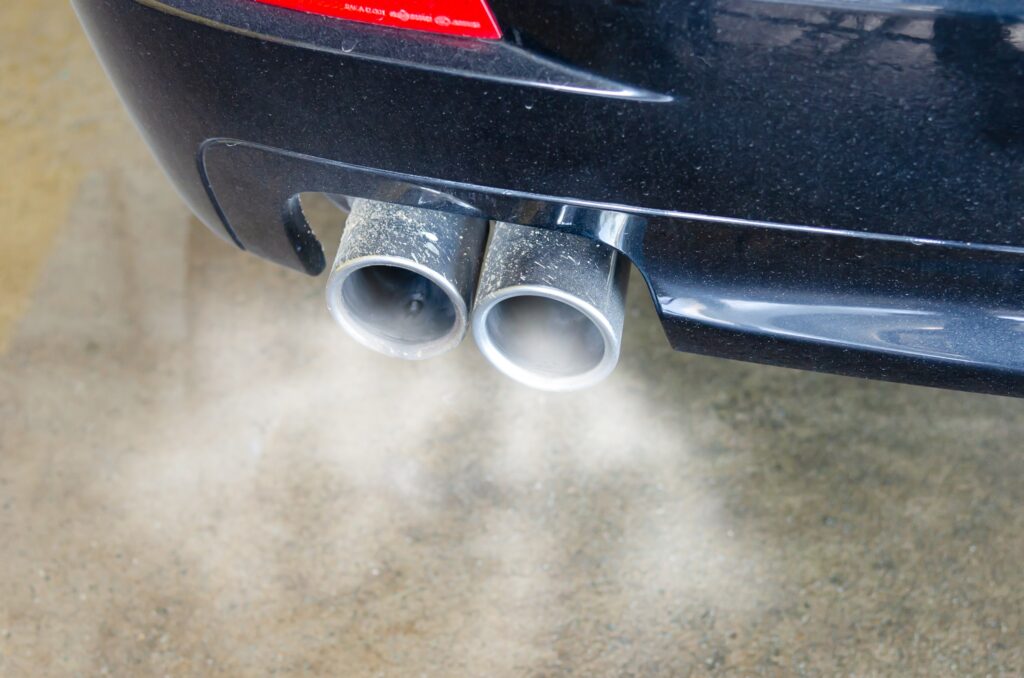As you all know, asthma is caused by hyperresponsiveness (hyper-reaction) of the airway to multiple stimuli( or triggers), which leads to cough & respiratory distress.
To control asthma we need to do two things-
- Reduce exposure to stimuli ( also known as – triggers)
- Decrease the hyperreactivity of the airway.
I have discussed 2nd point in a separate post. Here we will see how can we manage the triggers.
What are asthma triggers?
Asthma triggers(which can be called allergens in some cases) are everywhere. The air we breathe is full of -different microbes (viruses, bacteria, fungi, spores), dust particles, smoke, pollen, and different chemicals. We have pets, cockroaches, house dust mites (tiny, can not be seen by the naked eye), and molds in our house. The food we eat can contain eggs, milk, or gluten. Most people do not show any symptoms of asthma when these things enter their body through air/ food or they get contacted with them by any other source. But in asthmatics, these allergens(or triggers) sets off a hyperreactivity chain that gives rise to the symptoms.
Common triggers in childhood asthma
One of the trickiest parts of asthma management is the avoidance of triggers. To avoid the triggers you first have to know what triggers asthma in your child. Asthma triggers differ in each child. Also, one can have multiple triggers. So it is important to understand your child’s trigger.
Most parents will describe an attack of asthma in their child as follows- illness started with a simple cold(and mild cough in some cases) which progressed to severe cough and difficulty in breathing in 1-4 days. This highlights the fact that most asthma attack/flare/exacerbation in children is caused by respiratory tract infection by a common virus or bacteria.
How to prevent viral Respiratory tract infection?
I don’t need to lecture about this. We all know about hand hygiene and social distancing. The coronavirus pandemic has taught us this. Haven’t it?
By the way, you should vaccinate your child against influenza virus, pneumococcus, and h. influenzae.
What are the nonmicrobial allergens?
Food
- Sulphite containing food(dry fruit, packed potato, lemon juice, shrimp, pickle)
- Egg
- Milk & milk products
- Shellfish
- Gluten-containing foods(wheat, maize)
Egg and milk allergies are common in children. Although how much of it leads to an asthma attack is not clear.
Household triggers
- Dust mites (very small, can not be seen by the naked eye)

- Animal dander
- Molds

- Fungi
- Roach allergen
- New carpet(toxic fume)
- Perfume/Room freshener
- New paint
- Hair spray
- Mosquito repellent
- Tobacco smoke
Outdoor and environmental allergens/triggers
- Cold air and/or low humidity
- Ozone(car smog)

- Haze, Smoke, Dust( AQI >101 is bad for asthma children, what is your city’s AQI?)
- Pollen
- Mold spore
Others
- Obesity
- Acidity and reflux
What can be done?
Food:
This is straightforward. if your child has a specific food allergy, you should avoid it. It is not necessary to stop egg and milk in all asthmatics.
Pets:
- No pet in the living room.
- Try to keep the pet in outdoors as much as possible.
- Clean your pet once every week.
Cleaning of room:
- Use vacuum cleaning (with HEPA filter) for cleaning carpet and fabric-covered furniture -once weekly.
- Bed sheet change- once weekly.
- All other bedding- change and clean once every month.
- A dusting of furniture- once weekly, keep your child busy with an outdoor activity while cleaning.
- Wet mop floor- at least weekly.
- Use a damp mop or rag to remove dust (a dry cloth stirs up allergens).
- Wear a mask while vacuuming.
- Keep windows and doors open while cleaning.
Stuffed toys:
- No stuffed toy in bed.
- Always buy washable stuffed toys.
- Clean them every week in warm water, dry & freeze them, this would kill the dust mite.
Molds and Fungi:
Molds and fungi grow in wet and humid conditions, especially in bathrooms and kitchens. The best way to keep molds & fungus away is by keeping the kitchen and rooms dry.
- Use the fan in the bathroom and open the window after bathing.
- Use a kitchen chimney or adequate ventilation while cooking.
- Clean the closed cabinets/wardrobes regularly.
- You can use a moisture absorber(absorbia, available on amazon) in wardrobes/closets to prevent molds.
Pests:
Pests such as cockroaches and rodents (and their droppings) can make someone’s asthma worse.
- Clean up food as soon as possible after cooking and eating.
- Keep food in closed containers.
- Store all trash in garbage cans with lids.
- Do not stockpile newspapers, boxes, or paper bags.
- Avoid using pesticide spray or fogging.
- Use pesticide gel or boric acid for cockroaches and poison baits or sticky traps for rodents.
- If you have a serious pest problem, consider hiring a professional exterminator.
Room ventilation:
Don’t keep your windows and doors shut all the time. Outdoor allergens can trigger asthma, and so can indoor allergens.
Except during very hot and humid days open your windows regularly to keep the air flowing inside the house.
You can use an exhaust, and air conditioner for ventilation.
Air conditioner:
Yes, you can use air conditioning even if your child has asthma. They stop the outdoor allergen (pollen etc.) from entering indoors. But keep the following points in mind
- Use A/C with certified allergy filters.
- Yearly servicing is a must.
- Humidity is to be kept low(30-50%).
- There is no ideal temperature range( a small study in the USA showed 20-21 degrees Celsius to be the ideal temperature for asthmatics ).
Dust mite:
You can’t eradicate dust mites from your house. At best, you can reduce the load of it in your home by a few steps-
- Use a dehumidifier or air conditioner to maintain humidity levels at or below 50%.
- Cover your mattress and pillows in dust-proof or allergen-impermeable covers.
- Wash all of your bedding and blankets once a week in hot water—130 to 140 degrees—to kill dust mites.
- Use synthetic materials instead of wool or feathered products.
- No wall carpeting in the living room.
- Don’t use heavy curtains.
Other measures:
- In summer, don’t hang wet clothes outdoors for a longer period. Clothes hanging outside to dry can collect pollen. Use a clothes dryer when pollen levels are high.
- Stay indoors on hot & humid days.
- No smoking(indoor/outdoor).
- Try to not use fragrances, air fresheners, scented candles, and other household products with strong odors.
- Avoid outdoor activity as much as possible on high ozone days or when AQI is high. Cover your child’s mouth and nose with a mask or scarf if you have to go.
- Control obesity.
0 Comments